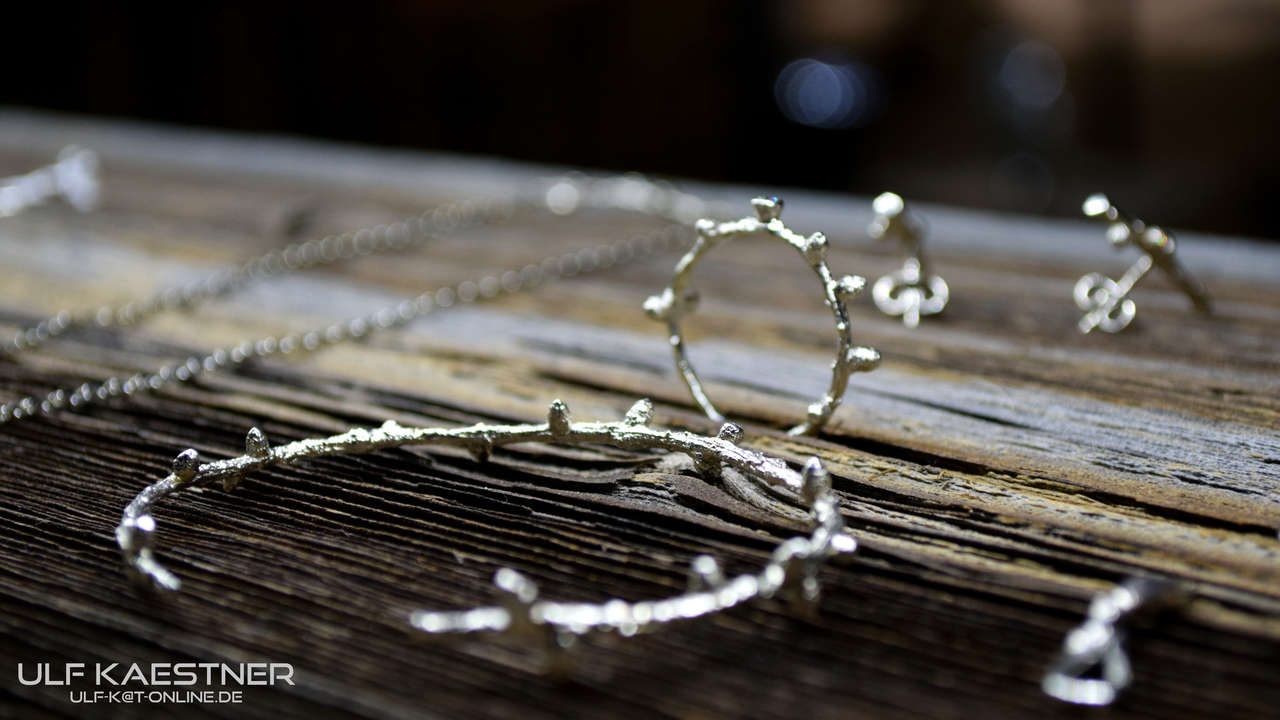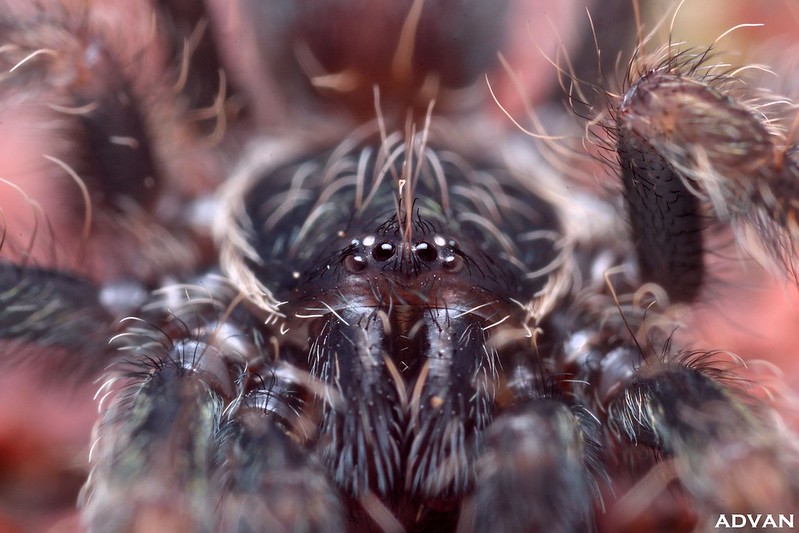Morris23352
Arachnopeon
- Joined
- Oct 5, 2010
- Messages
- 16
Would like to know which cameras are best for catching the best Trantula pictures










That is exactly the macro lens that I bought online a 90mm Tamron. I love it and it even came with a nice filter on it for protection.@Cirith UngolMaybe some people are selling their 2014 90mm Tamrons for the new one.
What kind of filter? Can it be the dreaded UV filter?filter
You will do fine with the D3300. It is more about the lens and lighting. I would recommend the Tokina 100mm f2.8 for best bang for your buck for a macro prime. It will not autofocus on the D3300 but who uses AF for macro?@Cirith Ungol
I see, I hope to learn the technical aspects as quick as possible to get the best out of my equipment. I wonder how good my pictures can get with a starter DSLR like the D3300. But I'll probably find out once I get a much better lense, right?
I do get it from the photography subscription, because I need Photoshop for my work. I didn't know, that you could get Lightroom as a standalone, but that's Adobe's plan probably. Yet I'm fine with the subscription, since I can update my Adobe CC with it.
@VanessaS Yes, I found it very intuitive to use, it literally has no downsides.I found an older photography forum a few days ago which has a buy and sell section, I'll check it out. Maybe some people are selling their 2014 90mm Tamrons for the new one.

Haha!focus stacking is for cheaters!
To each their own. Nobody can tell you what is better. You have to find out for yourself. Photography, lenses, equipment - they are mostly as personal as can be. So, as usual I can only speak for myself:@Cirith Ungol Would be cool to see some of your macro shots. By the way, would you say, that the Tokina Advan mentioned is more of a multi purpose lense, than the Tamron?
Edit: On second thought it bothers me, that the Tokina doesn't have image stabilisation. Shake would be eliminated by a good tripod, but I like to take freehand too, makes it easier to get more angles. Especially when working with quick subjects.

 .
.